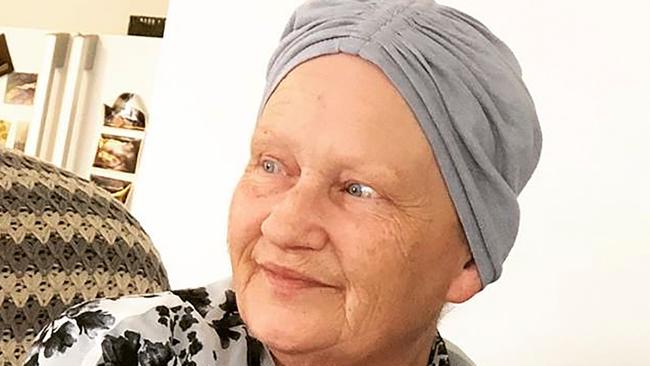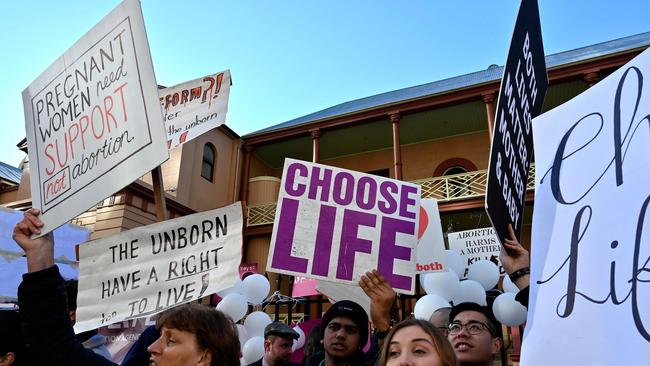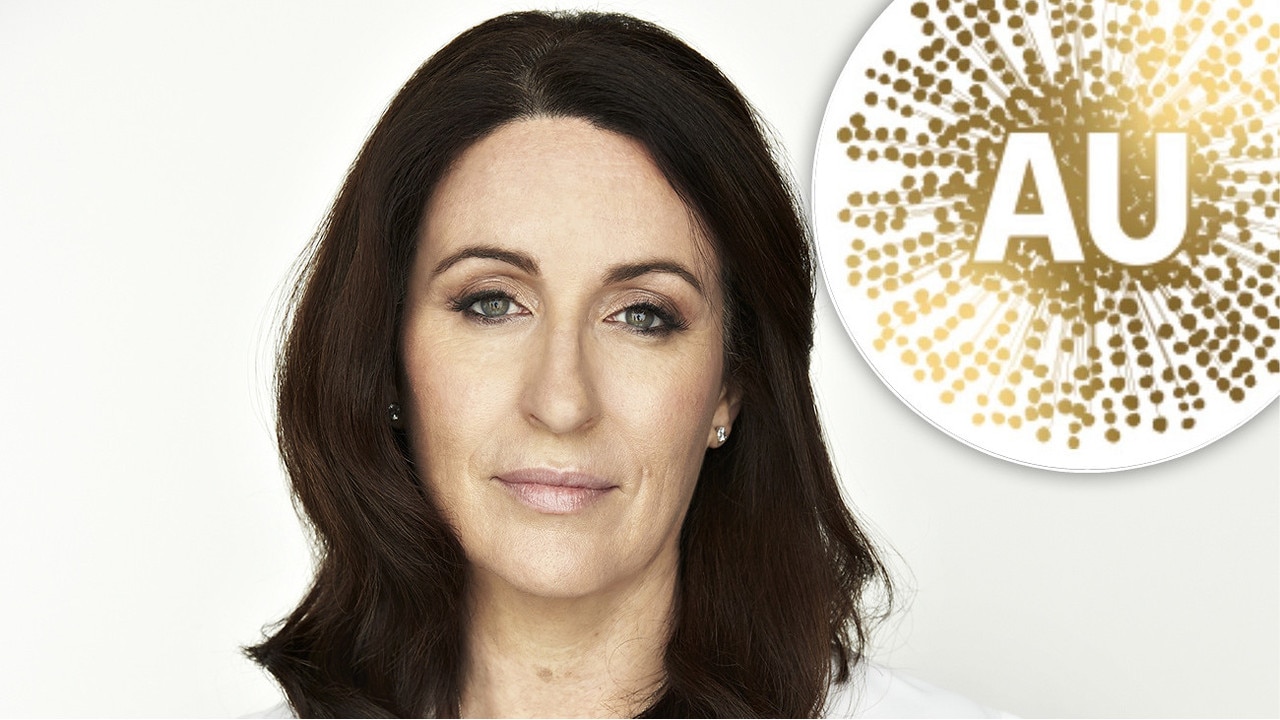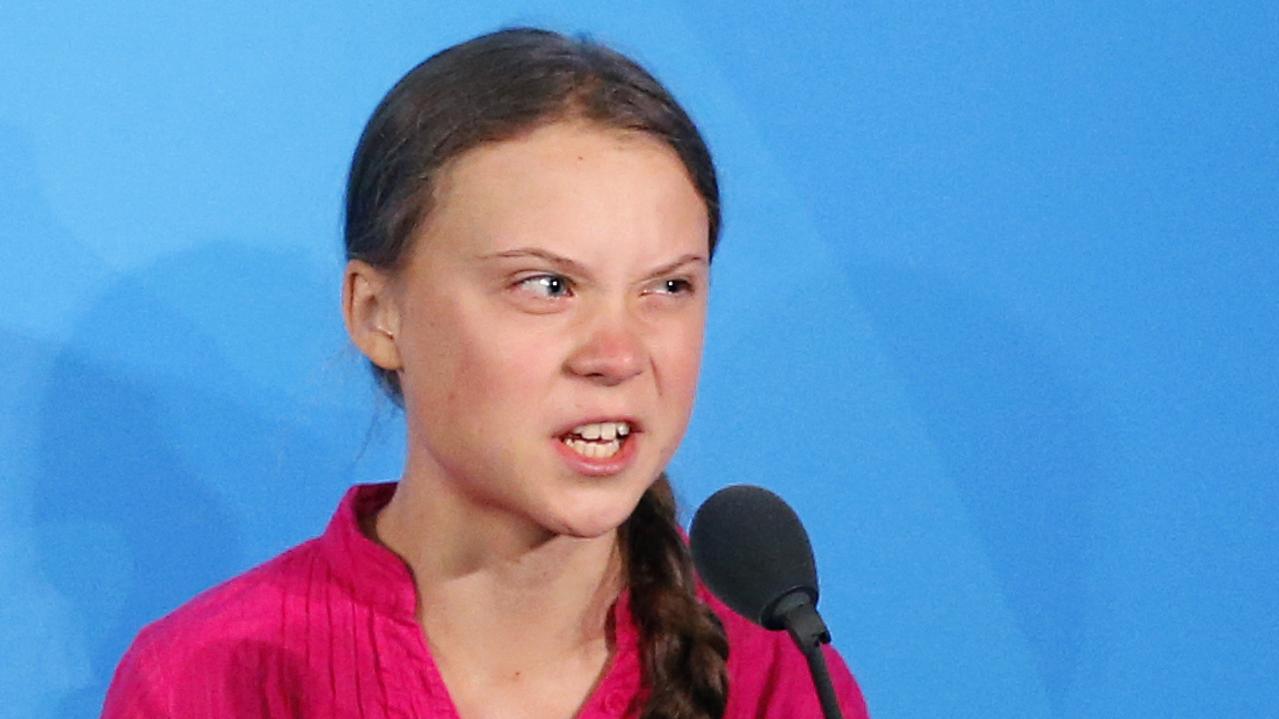We should be championing living — not dying
The collective consciousness in Australia suddenly seems to be focused on one thing: ending human life and pushing through laws that enable us to do so more efficiently, no matter the cost, writes Louise Roberts.
Is every human life worth living?
I ask only because humanity has taken an unpalatable turn of late with our collective consciousness in Australia seeming to focus increasingly on one thing — ending human life and pushing through laws that enable us to do so more efficiently.
Birth control and death control.
These are our new mantras and in the bewildering swirl of this week’s debate on abortion legislation in NSW, how would I explain to my kids this downward trend for supporting death, not life?
Ultimately, in a wealthy and caring society, the law should have as its aim the protection of most vulnerable in society. We are all individuals with a life to be valued, no matter whether we are convenient or productive.
And yet we have this push/pull in play.
We have a terrible suicide epidemic in this country, and yet we have lawmakers saying it’s acceptable to kill yourself. Why shouldn’t a doctor give you a hand? That’s known as voluntary euthanasia and legal in Victoria.
MORE OPINION: Why are we terminating 80,000 pregnancies a year?
Last month cancer patient Kerry Robertson, 61, become the first person to end her life under the state’s new voluntary assisted dying laws.
Her grieving daughters said it “the empowered death that she wanted.”

Meanwhile, we have had a race to the death in the NSW lower house in a fiery and emotional debate on the private member’s bill that allows abortion up to 22 weeks.
Independent MP Alex Greenwich introduced the Reproductive Health Care Reform Bill 2019 to parliament.
But the discussion is not just about moving abortion from the Crimes Act to the Health Act, despite what #arrestus advocates may suggest.
And in the middle we have Greens MP Jenny Leong saying it is time to deliver a message that could “destroy the patriarchy”.
The nub is that doctors could also be permitted to perform a termination on a woman who is more than 22 weeks pregnant if they have consulted with a second doctor with both agreeing the termination “should” take place.
MORE OPINION: Abortion bill doesn’t meet Liberal or social values test
Doctors one and two would be legally required to take in account guidelines, professional standards and medical circumstances as well as — in the original legislation that went to debate — the patient’s “current and future physical, psychological and social circumstances”.
This has been interpreted by detractors as “unrestricted abortion from birth”.
And it’s not just a woman’s choice and a woman’s say over her own body.
That’s a conundrum for me because while I want control over my body, there is the very real issue of paternal rights when a baby is concerned.
It seems that increasingly, we are encouraging death an option at both ends of our lives.
We lead privileged lives and we’re addicted to multiple choice so we want to keep it like that until our last breath.
But no one can guarantee that the safeguard of two medical opinions won’t be circumvented. And we are so keen on driving our own destiny that we want to be selective about living too.

Ultimately, it is your choice if you want an abortion or want to end your life in Victoria or overseas under voluntary dying laws. I won’t tell you want to do.
And I am not suggesting abortion is a convenience option free from heartache.
My angst is around our focus on death and the message it sends younger generations.
Jonathan Glover, senior ethicist at King’s College London, said that there is no such thing as an inherent “sanctity of human life.”
MORE OPINION: There’s nothing pro-women about NSW’s abortion bill
Babies are not autonomous, he says, because they are unaware of the difference between life and death so on that basis parents and medical personnel can make life or death decisions about them.
A clinical analysis at best, and something to be wary of as we discard traditional morality and replace it with a new clinical one with doctors standing in as the new priests.
Three months ago in Berlin I visited the wall of blue tinted glass at Tiergartenstrasse 4.
This is the site where teams of Nazi doctors plotted the killings of infirm, disabled patients under a program known as Operation T4.
I stood there with my kids, 11 and 15, as we silently absorbed the historical impact of this.
Our excellent walking guide got particularly animated at this monument, her careful description of events in World War 2 dripping with venom at injustice of it.
Their fates were hidden by fake death certificates, she thundered at us, a group of tourists.
Unfair yes, people selected to die because they were themselves and those selves were inconvenient. Her words have stayed with me.
Ending life seems to have become an option on so many platforms. It has become normalised, and in some ways, almost dispensable.
And so many years on we still have a blind spot about death and not enough celebration of life.


